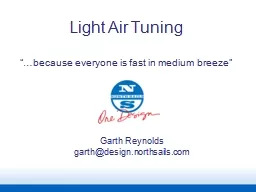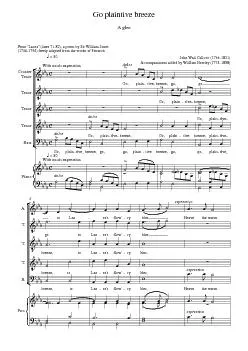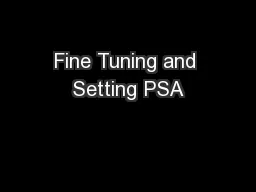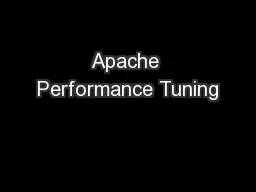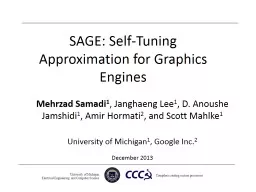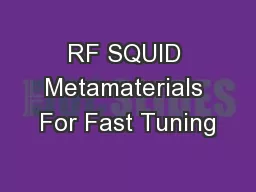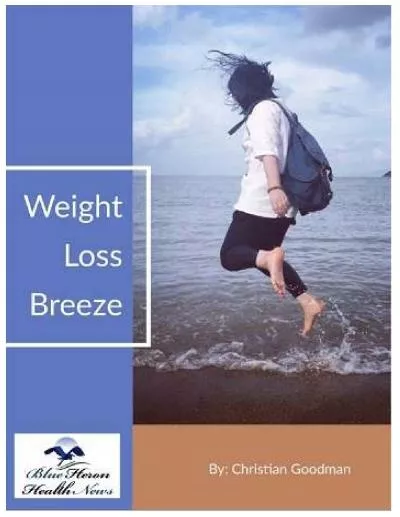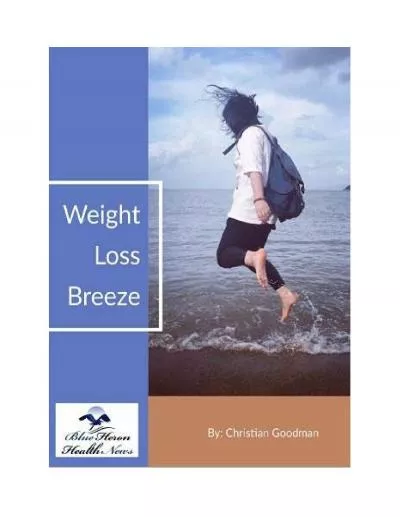PPT-Light Air Tuning “…because everyone is fast in medium breeze”
Author : kittie-lecroy | Published Date : 2018-02-08
Garth Reynolds garthdesignnorthsailscom Light vs SUPERlight Light Generally 57knots Steerage is OK Flow is OK Concentrate on the racing Generating Power SUPERLight
Presentation Embed Code
Download Presentation
Download Presentation The PPT/PDF document "Light Air Tuning “…because everyone ..." is the property of its rightful owner. Permission is granted to download and print the materials on this website for personal, non-commercial use only, and to display it on your personal computer provided you do not modify the materials and that you retain all copyright notices contained in the materials. By downloading content from our website, you accept the terms of this agreement.
Light Air Tuning “…because everyone is fast in medium breeze”: Transcript
Download Rules Of Document
"Light Air Tuning “…because everyone is fast in medium breeze”"The content belongs to its owner. You may download and print it for personal use, without modification, and keep all copyright notices. By downloading, you agree to these terms.
Related Documents

